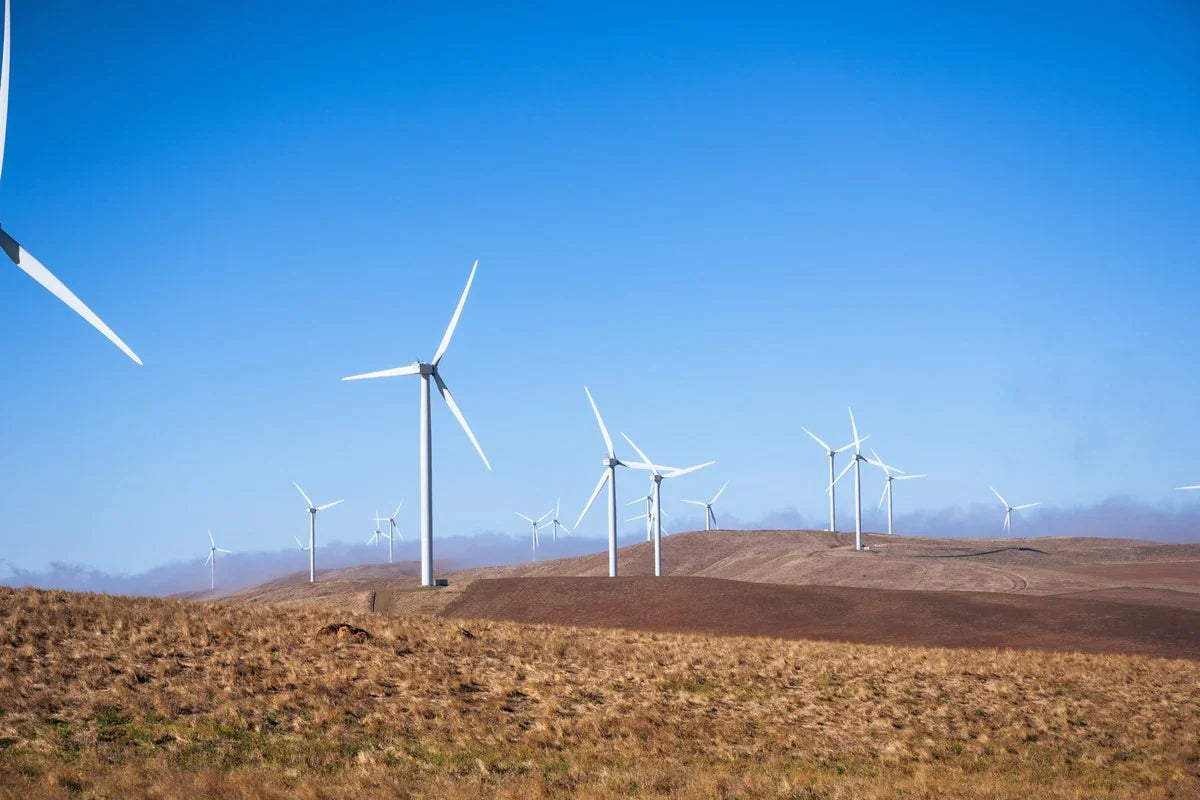AGL Energy has raised its renewable and storage capacity target to 6 gigawatts by 2030, which is a 20% increase from its previous goal. This announcement came as the company reported a full-year loss nearing $100 million, causing shares to fall as much as 14%. The updated plan includes 3 gigawatts of new battery projects aimed at supporting grid reliability as coal plants are gradually retired. Despite the expansion, some investors remain unimpressed by what they view as a modest upgrade.
The change comes as AGL, Australia’s largest carbon emitter and second-biggest energy retailer, faces mounting pressure to speed up its move away from fossil fuels. Demands from activist investors and wider market dynamics have intensified scrutiny of the leadership team. Climate-conscious stakeholders continue to call for quicker coal exits and bolder clean energy commitments.
This year, AGL posted a net loss of $98 million, mainly due to one-off charges and asset writedowns. Underlying earnings for the full year were $640 million, a drop of 21% from the year before and below market expectations. Ongoing outages in its coal fleet pushed up operating costs, forcing AGL to buy more electricity on the wholesale market and hurting margins. The company expects underlying profits between $500 million and $700 million for the year ahead.
AGL maintains that the transition to renewables will drive stronger long-term returns and operational resilience. Investment is already underway, with battery storage and renewables helping offset coal-related disruptions. Storage is seen as key for stability in an evolving grid. To support this shift, AGL is considering the sale of its 20% stake in Tilt Renewables, which could release funds to strengthen its clean energy portfolio.
However, doubts persist. Some analysts and environmental investors argue that the revised plan lacks urgency. The longer-term target of 12 gigawatts remains unchanged and with only a 1GW increase planned by 2030, critics say this represents more of a timeline adjustment than meaningful progress.



